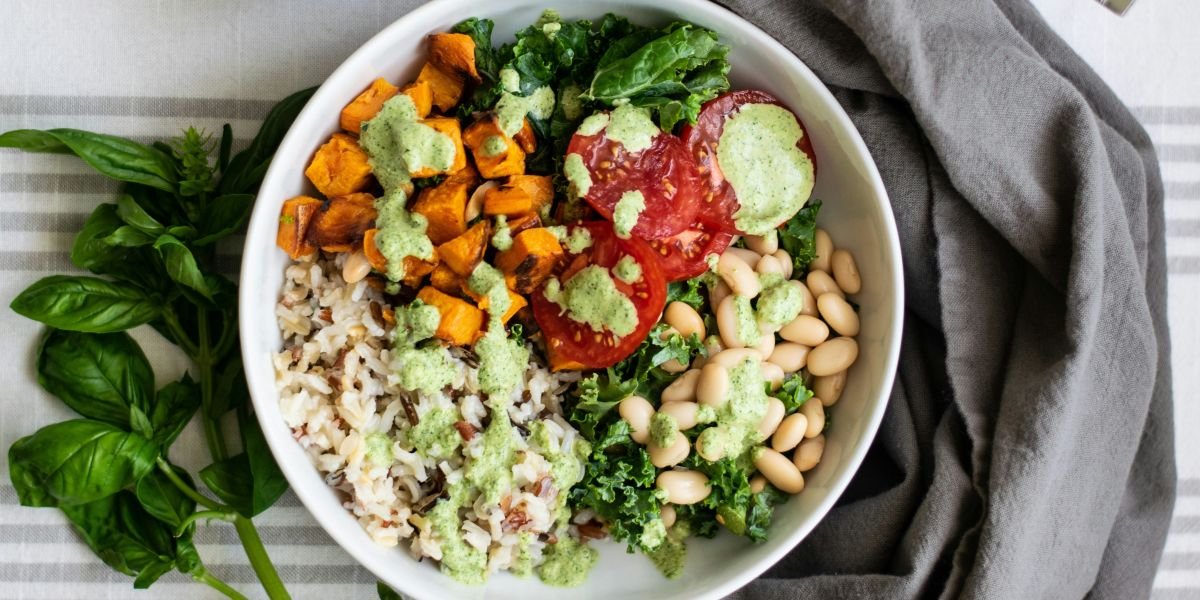Beer has been a culinary companion for centuries, transcending its role as a beverage to become a versatile cooking ingredient. Across continents and cultures, brewers and cooks have discovered how beer’s unique properties – its carbonation, malt sweetness, and hoppy bitterness – can transform ordinary dishes into extraordinary meals. From tenderizing tough cuts of meat to creating airy batters, beer brings both flavor and function to traditional recipes.
Read also: Strutting Through Style: Unraveling New York’s Fashion Dominance
Europe’s Beer-Infused Classics
Belgian cuisine demonstrates beer’s remarkable ability to build complex flavors through slow cooking. The national dish, carbonnade flamande, showcases how dark ale can create a rich, velvety sauce when simmered with beef for hours. As the beer reduces, its sugars caramelize while the alcohol’s acidity gently breaks down connective tissues in the meat. Many Belgian households keep specific beers reserved solely for cooking, choosing varieties that complement particular dishes – a tart lambic for rabbit stew, or a sweet tripel for braised chicken.
German cooking utilizes beer’s enzymatic properties to remarkable effect. In Bavaria, weisswurst owes its delicate texture to being poached in a beer-infused broth. The wheat beer’s mild acidity prevents the veal sausage from becoming tough while imparting subtle grain flavors. Bakeries across Germany incorporate beer into their pretzel dough, where the brew’s live yeast contributes to proper browning during the lye bath process. Even simple beer soups, once peasant fare, reveal how bread and cheese can be elevated by the addition of a malty lager.
British pub culture perfected beer’s textural magic in fried foods. The science behind beer batter lies in the carbon dioxide bubbles that expand when heated, creating an exceptionally crisp and light coating. Chefs carefully select beers based on desired results – a crisp pilsner for delicate white fish, or a robust porter for hearty onion rings. Beyond frying, British bakers discovered that beer’s active yeast could leaven bread when other raising agents were scarce, resulting in dense, flavorful loaves with a distinct malty character.
Beer’s Global Culinary Adaptations
North American barbecue traditions harness beer’s multiple culinary virtues. Pitmasters from Texas to Tennessee use beer-based mop sauces to baste meats during smoking. The sugars promote caramelization, the alcohol carries flavor compounds, and the mild acidity helps break down collagen – all while the liquid prevents drying. Mexican cooks developed similar techniques, using light lagers in ceviche marinades where the beer’s gentle acidity “cooks” seafood while adding depth beyond simple citrus juice.
Asian cuisines adapted beer to local flavors with innovative techniques. Korean fried chicken achieves its legendary crispness through batters containing beer, which creates microbubbles that fracture into delicate layers when fried. In Sichuan province, hot pot broths sometimes incorporate lager to balance fiery chili oils with malt sweetness. Japanese izakayas often par-cook octopus in beer before grilling, tenderizing the tough mollusk while adding subtle grain notes that complement sweet glaze.
African culinary traditions showcase indigenous beers in cooking. Ethiopian cooks might add honey wine or sorghum beer to slow-simmered stews, where the fermented flavors meld with spices and meats. South African potjiekos, a cast-iron pot stew, occasionally includes maize beer in its braising liquid, contributing a distinctive sour note that cuts through gamey flavors. These traditions demonstrate how local brewing ingredients naturally became incorporated into regional cooking styles.
Modern culinary science explains why beer works so well in cooking. The carbonation creates lightness in fried foods and baked goods. Malt sugars promote browning reactions. Hops provide balancing bitterness to rich dishes. Alcohol acts as a solvent for flavor compounds. Chefs today continue exploring these properties, using IPAs in caramel sauces, stouts in chocolate desserts, and sour beers in ceviche.
From medieval European kitchens to contemporary fusion restaurants, beer has maintained its place as a remarkable culinary tool. Each culture’s traditional beer dishes tell a story about local ingredients, cooking methods, and flavor preferences. Whether used as a tenderizer, leavening agent, or flavor enhancer, beer brings something irreplaceable to the kitchen – proof that great cooking often begins with a good pour.
Read also: Nurturing Talent and Charting the Course: The Basics of Talent Management and Succession Planning











